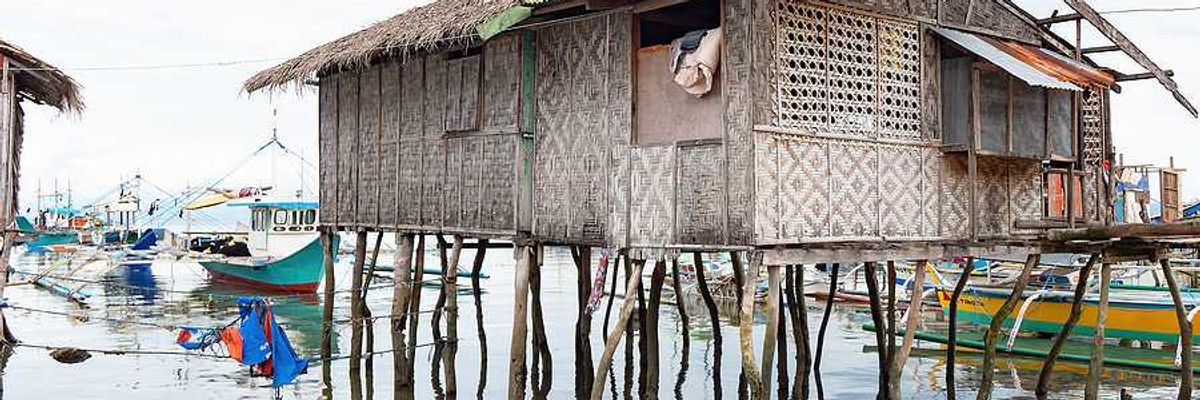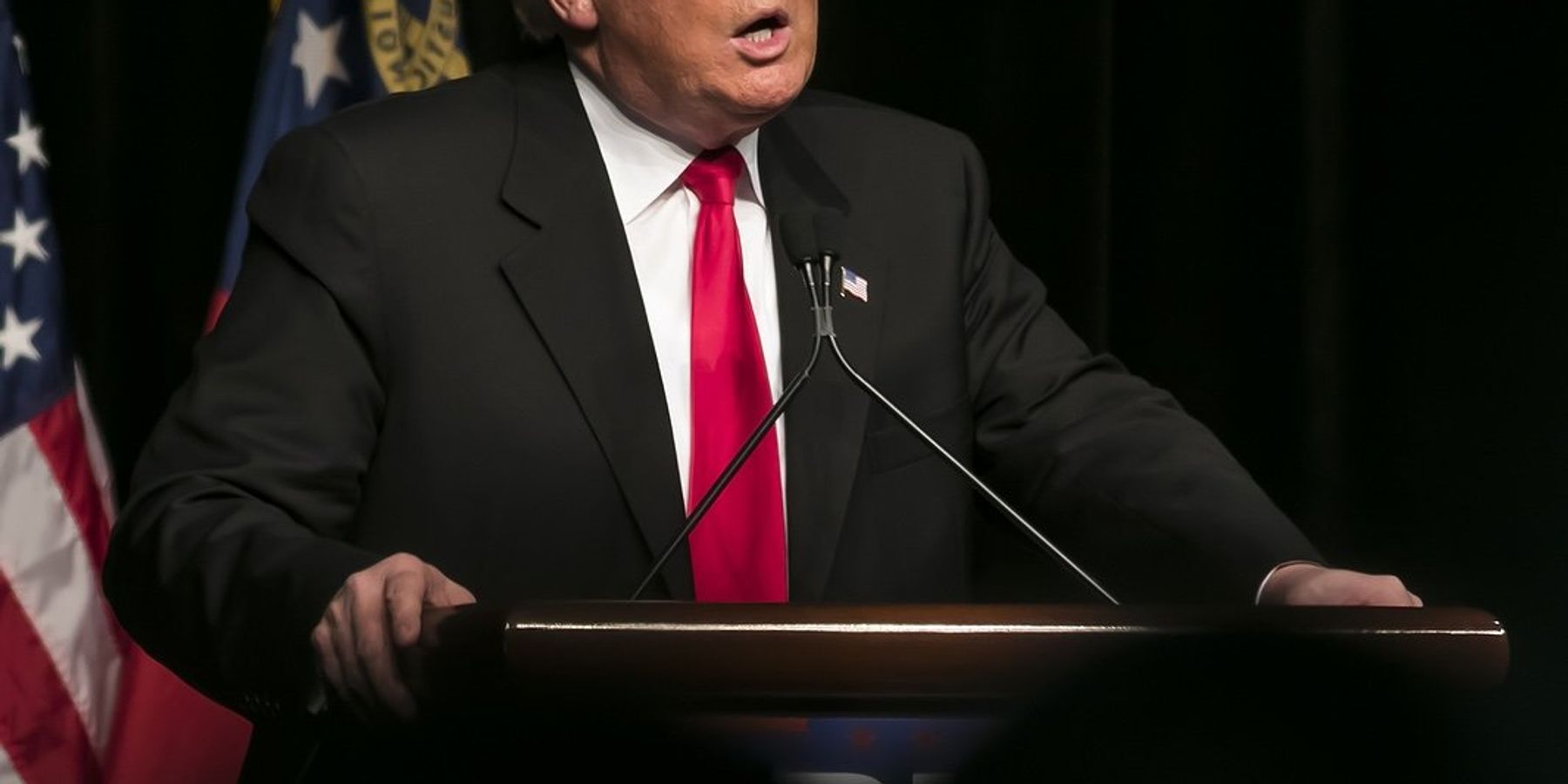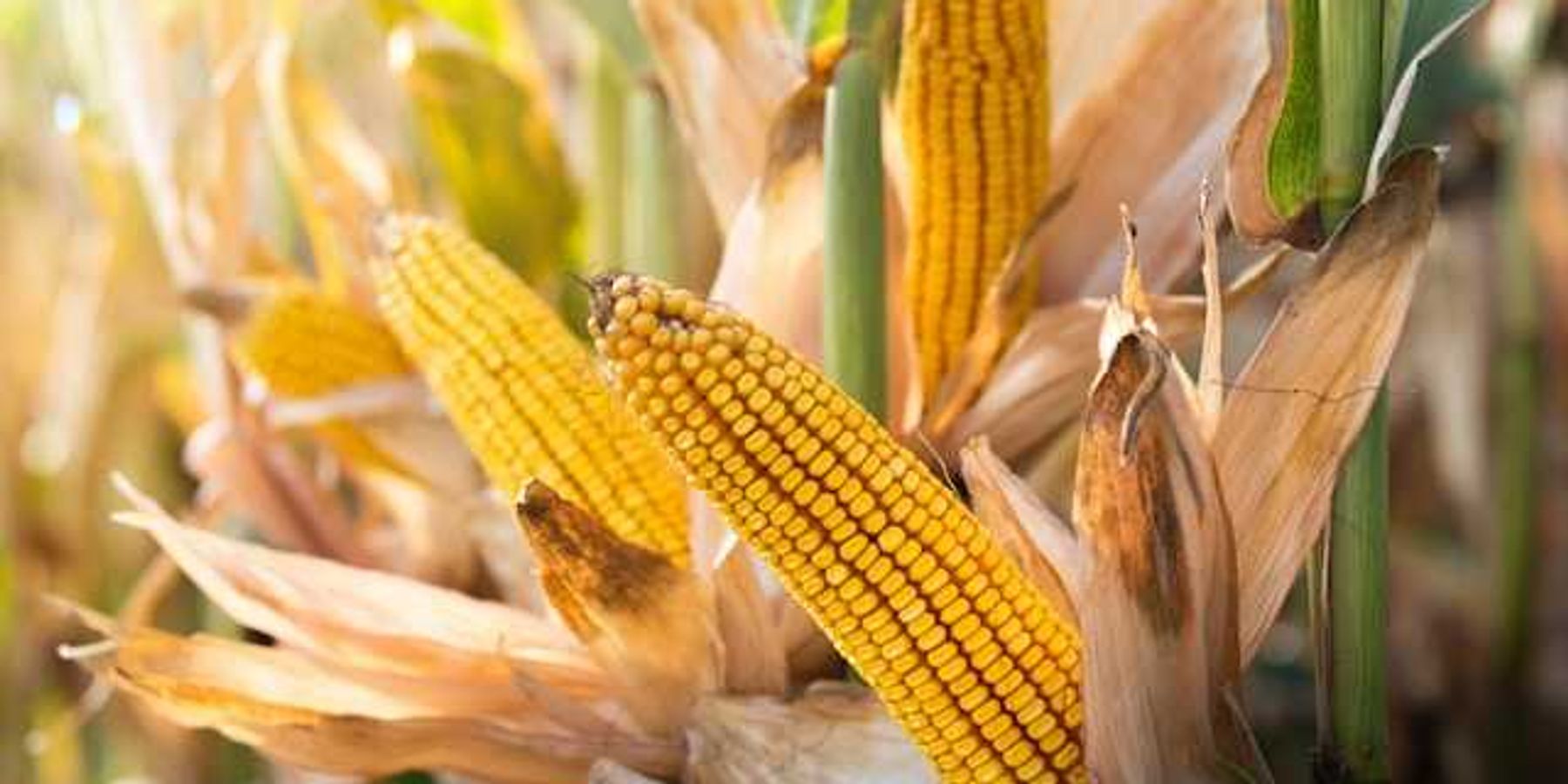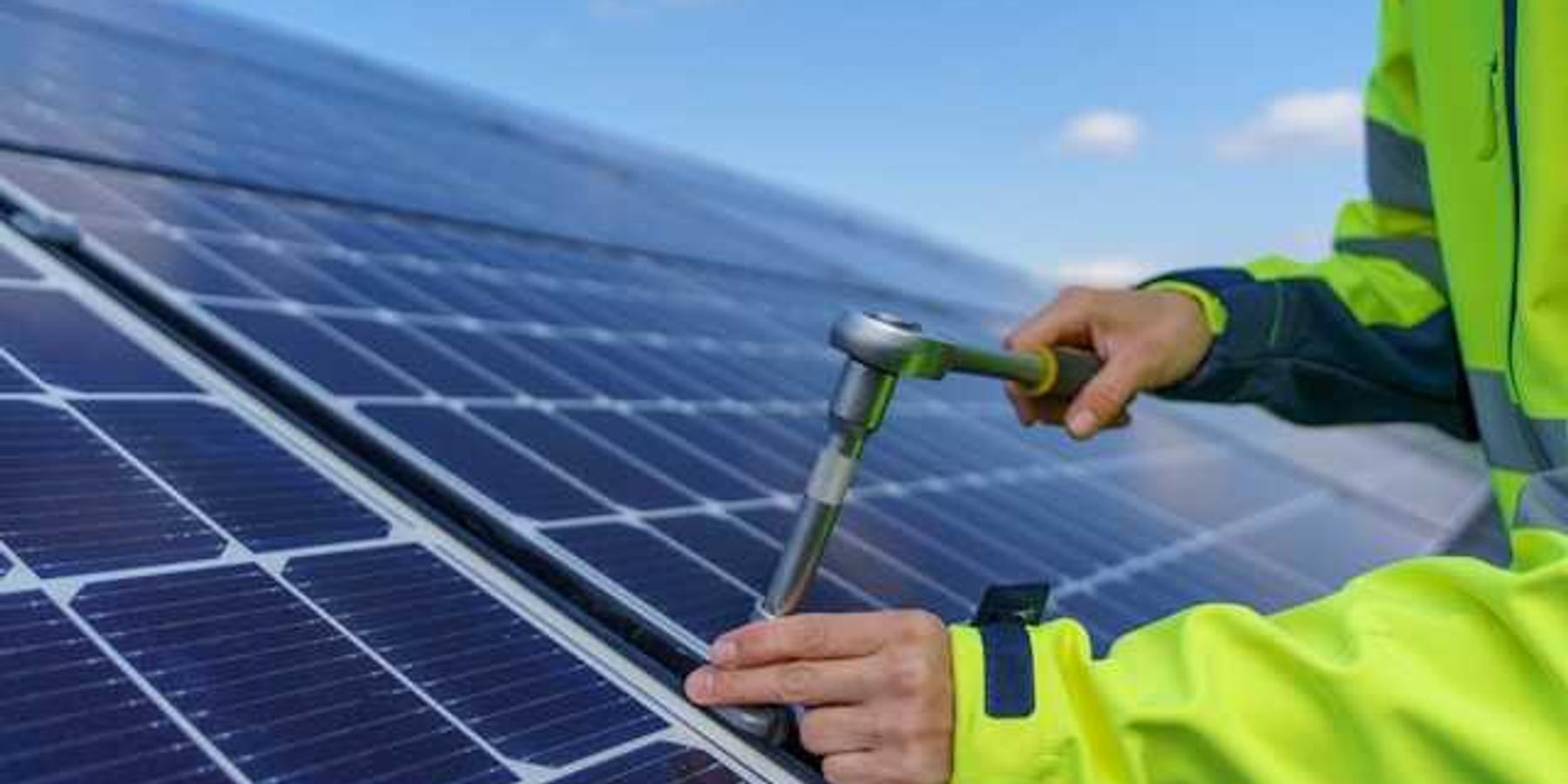bioacoustics
Puerto Rico’s frogs reveal the island’s environmental health
Puerto Rico’s frogs, especially the coquis, are providing vital insights into the health of the island’s ecosystems as scientists use bioacoustics to monitor environmental changes.
In short:
- Puerto Rico’s frogs, particularly the coqui species, are key indicators of ecosystem health, with their presence signaling a thriving environment.
- Scientists use bioacoustics to monitor frog calls, which helps track changes in climate and environmental conditions across the island.
- Research shows that many frog species are migrating to higher elevations due to rising temperatures, impacting the effectiveness of current wildlife reserves.
Key quote:
“Discerning whether 100 detected calls are from one bird in mating season or dozens of less active individuals remains challenging. Estimating population density through bioacoustics is still quite complex.”
— Ben Gottesman, K. Lisa Yang Center for Conservation Bioacoustics at Cornell University
Why this matters:
Understanding frog populations and their movements can help scientists gauge the impact of climate change and guide conservation efforts, ensuring the protection of biodiversity and ecosystem health in Puerto Rico. Read more: The health of wildlife is inseparable from our own.
Why scientists are bugging the rainforest
Noise pollution affects practically everything, even seagrass
Audio: Lessons from indigenous peoples about coping with climate change, plus the call of the night parrot
On our first episode of 2018, we speak with the author of a book about the resilience of indigenous peoples in the face of climate change, and we'll hear some recordings of the elusive night parrot in Australia.









